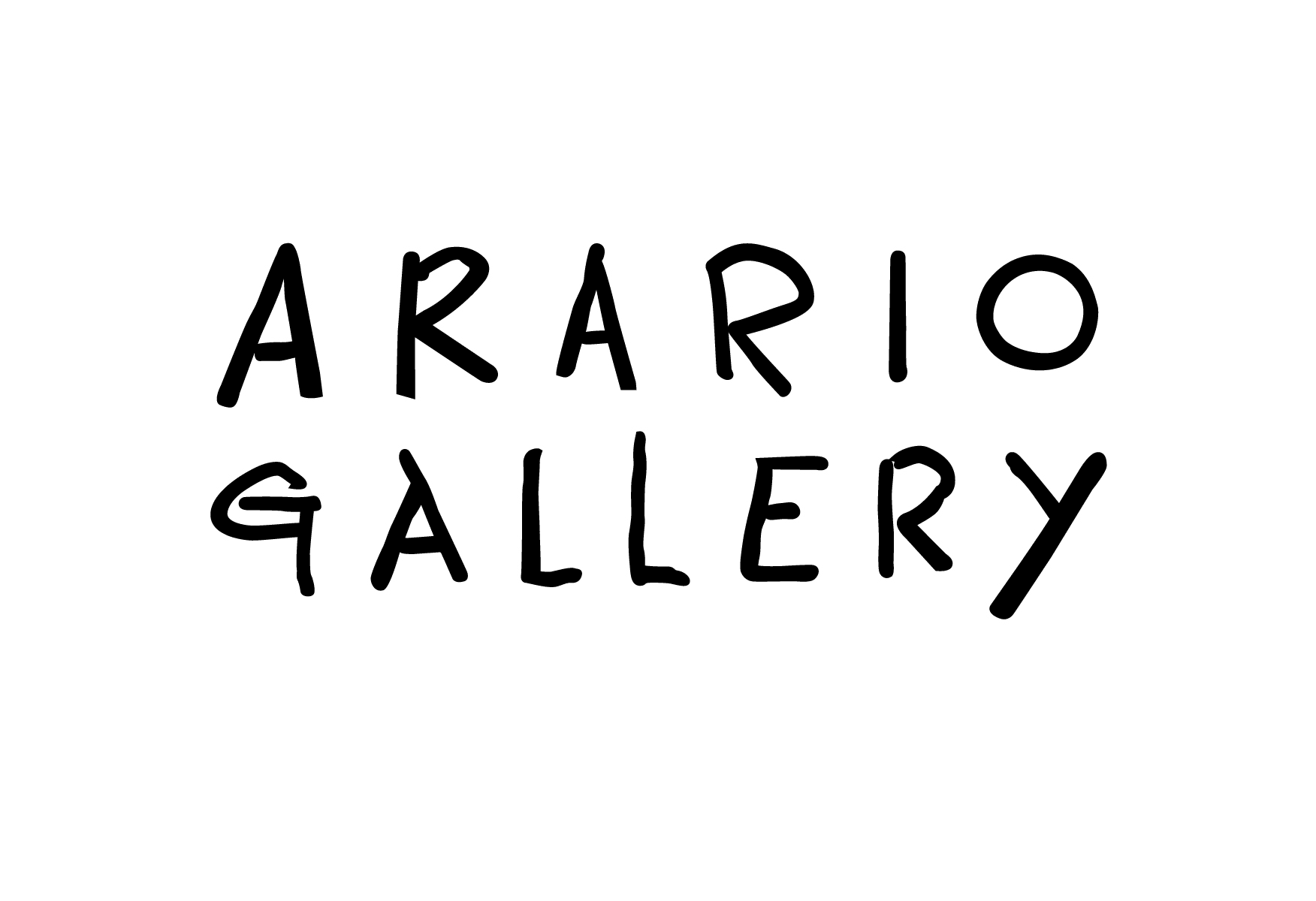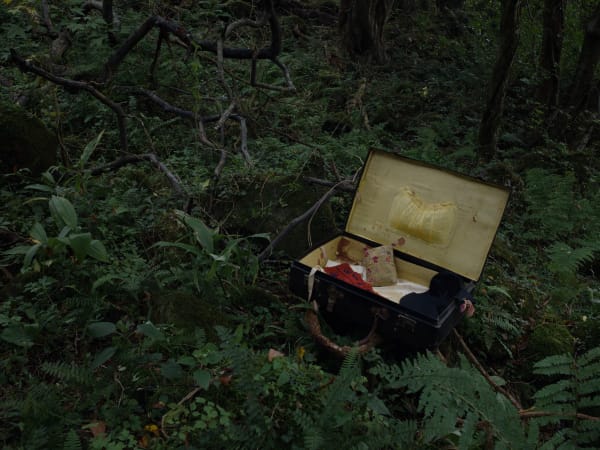PARK Youngsook: Tears of a Shadow
Arario Gallery Seoul opens "Tears of a Shadow", a solo exhibition by PARK Youngsook. PARK has played a major role in the history of Korean photography and the feminist movement. The artist has been working with portrait photography, highlighting the sexuality of women which was considered incomplete and a target of subversive exclusion in society. Positioning women's body in a provocative way, PARK raised questions about the inequality of gender dynamics and the women's history of oppression. Comprised of eighteen works, "Tears of a Shadow" will showcase PARK's first landscape photography series following her persistent attempt, curiosity and investigation of women's life and the foundation of the female spirit.
PARK's "Tears of a Shadow" revolves around two aspects. The first is the absence of people. In her past projects, women's bodies are boldly positioned at the foreground of the photography as a result of her attempt to strongly imprint the existence of a female figure. On the other hand, "Tears of a Shadow" focuses on Jeju Island's Gotjawal 'a thorn bush forest' in Jeju Island dialect. It also means no man's land because this abandoned land cannot be used for any human use. The uncontrolled landscape, in which the depth is unfathomable, oscillates with unknown anxiety and fear. PARK's relentless and daring perspective in capturing prohibited land heavily alludes to the fact that there has been someone here, the prohibited place where touched by no one. It further translates women's powerful desire to life, nature and the echo of the soul within, which cannot be interrupted by anyone.
Another aspect of this series is the objects replacing the absence of people. PARK placed objects she collected throughout her life such as antique photography, cosmetic powder case and old wedding dress in Gotjawal. The objects that looks carelessly arranged in the densely grown woods, looking like to soon engulf the person who enters, is a tool enabling one to recognize PARK's trace in the desolate place. This scene-where the artist's trace inharmoniously trembling with the abandoned land-leads the viewers to the crossroad of the prohibited and the permitted, the everyday and the mystical, and the unconscious and the conscious. The road to Gotjawal, that starts where it has been forbidden to take on, is the road PARK tenaciously had journeyed through, in the artist's word, a road that "has been truly, enduringly and silently lived (by women)." This road is PARK's contemplation in the life of women and her own soul and is a way of opening to her art where mind freely expands to the infinite.

























